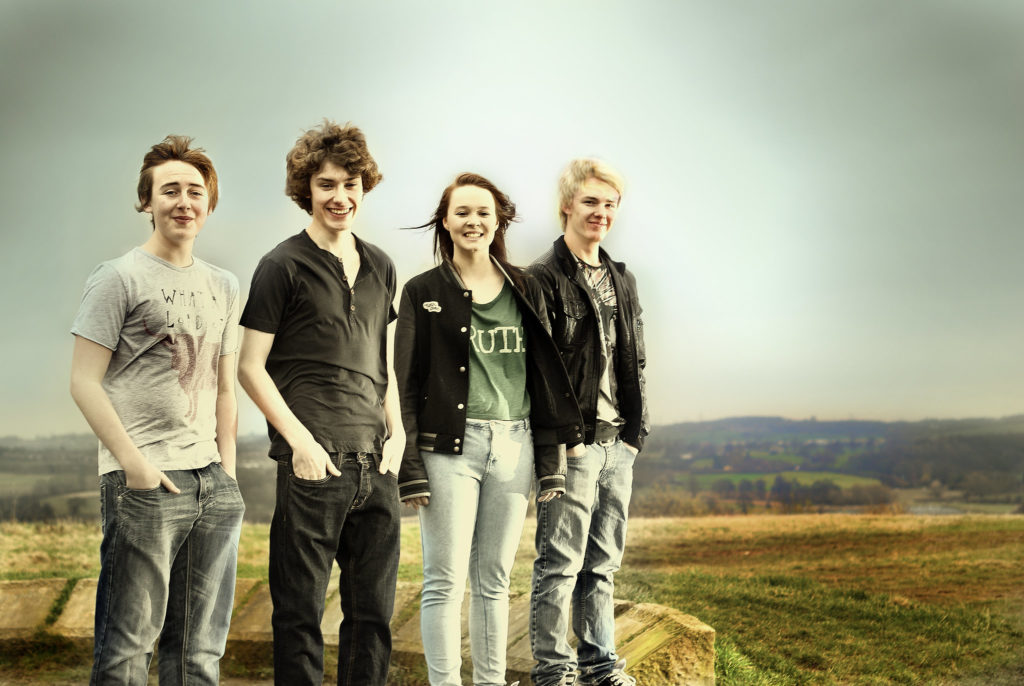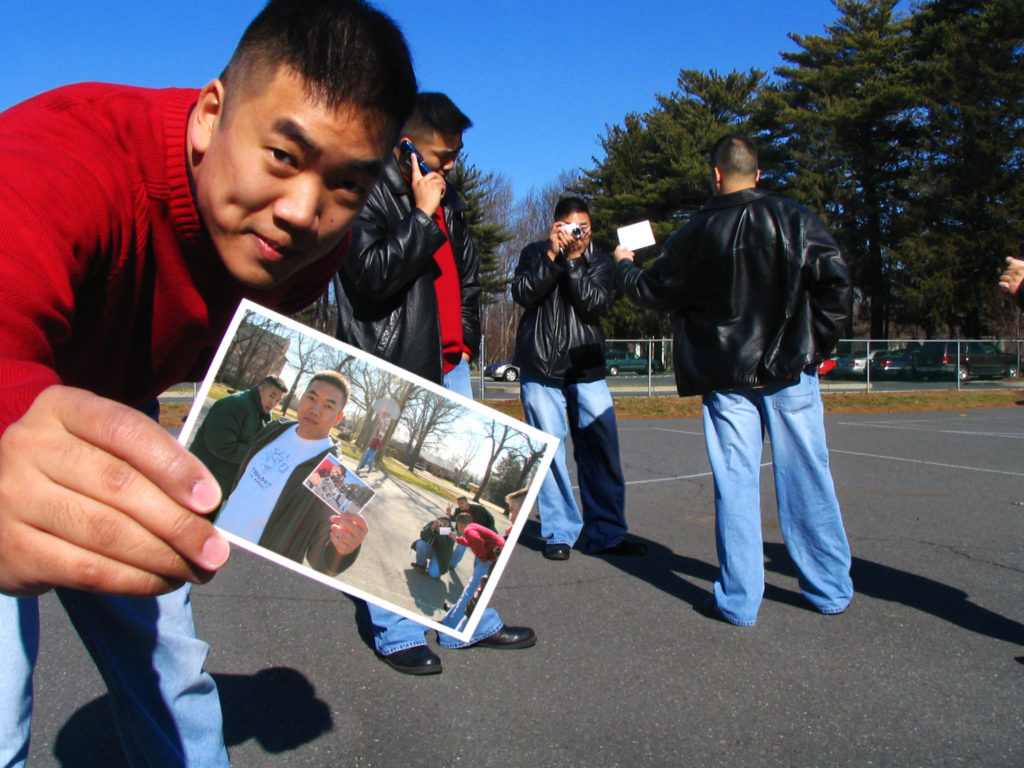Photoshop is one of Adobe’s most widely used products, however most users barely scratch the surface of the features the software offers. As people who love photography we come across great things that folks are doing with Photoshop on a daily basis. Below is a list of online tutorials we have stumbled on recently to help any user get more from Photoshop:
How to Use Layers
Layers are the starting point of some incredible effects for photographers and an essential part of learning about what Photoshop can do for us.

For a descriptive beginning tutorial for using layers the following tutorial adds more features, such as opaqueness and creating a montage using the layers menu. LINK
With past versions of Photoshop, working with layers has been cumbersome. With the newest version, CS6, there is a newly included layers panel to make working with layers much simpler. The following tutorial shows how to use this new panel effectively to manage layers. LINK
One use of layers is blending multiple images together into a single piece. This tutorial from Photoshop Cafe shows how to use layers to merge two images together using a layer mask. LINK
For the novice user, the following tutorial from Bair Art Editions is a great first step introduction to layers in Photoshop including how to find and modify them. LINK
For those who prefer video tutorials over the screen-shot variety, 5min.com provides this short clip to explain how to get started with Photoshop layers. LINK
How to Use Curves and Levels
For the amateur photographer, over-exposed photos are a common problem. Photoshop levels can be used to fix all but the worst exposure problems, and this tutorial shows the basics for using them. LINK

A more in depth lesson on how to use curves and levels in a video tutorial format can be found here: LINK
Photoshop users who already have a basic understanding of curves and levels can take their work to the next level of color and contrast with this tutorial from Practical Photoshop magazine. LINK
Because curves and levels seem to have similar functions in editing photos, it may be useful to take this tutorial which explains the unique features of each, and clarifies when to use curves vs. levels. LINK
For the Photoshop user who is ready to use curves and levels to create more artistic and creative works, the following tutorial from photo.net shows how to manipulate curves and levels to make bright colors pop off the page. LINK
Cloning and Spotting in Photoshop
Often there are small blemishes that detract from the overall composition of an otherwise beautiful photo. Author Helen Bradley offers tips on how to use cloning and spotting to clean up litter without getting your hands dirty. LINK

This video tutorial from vimeo.com also explains how to remove spots as small as dust on a camera lens, as well as other flaws from a finished photo using Photoshop CS5.5. LINK
Sometimes the best way to learn how to use something is to see how NOT to use it. This informative video from metacafe.com gives an overview of common mistakes that users make with the cloning stamp, and then shows how to avoid these errors. LINK
It can be confusing to know when to use the cloning stamp and when to use the healing brush to fix flaws in photos. This tutorial explains when it is appropriate to use each tool. LINK
Cloning and spotting tools can be used for more than simply removing small, unsightly items from a photo; they can also be used for retouching to make everyone in your photo look their best. This tutorial from the Art of Retouching shows how to use cloning and spotting to whiten and straighten the teeth of one of the subjects in a family photo. LINK
Other cool tutorials
Everyone has seen the retro-filters that Instagram gives to digital photos – why not take it to the next level and give your photos a retro-comic book look? This tutorial shows you how. LINK
Photos taken in a photo studio stand out because of the traditional photo studio background. This tutorial will show you how to take any photo and add a basic photo studio backdrop using Photoshop. LINK
Photoshop can be used to make amazing, professional quality graphics, but it can be difficult for new users to get started using the software. This tutorial is an excellent description of the most common myths and errors that new users make, and how to fix them. LINK
Custom brushes can be used to create thousands of different unique effects in Photoshop. This tutorial shows how to make a custom brush and leads you through the steps to make a fantastic rock and roll poster with custom brush effects. LINK
No matter how experienced a user is with Photoshop there is always more to learn. This tutorial is a useful tool for Photoshop users of all ability levels because it provides a complete “cheat sheet” list of all the keyboard shortcuts for Photoshop functions. LINK
Photoshop is one of those amazing inventions that allows you to keep learning, adapting and evolving in your creativity. The tutorials above will get you started, but don't think they are all you need to learn. Keep on evolving your work!







4 Comments
Some great tips there. Here is a cheeky little number that has NOT been ‘photoshopped’. But, can you work out where the camera was!!!!!
https://www.newcastlephotographer.com.au/lipstick
Cheers. Tamhttps://www.newcastlephotographer.com.au/imgs/gallery/5867/5867_583721998489d4ef7c670f.jpg
There is no doubt that adobe photoshop is the best photo software today. i really love adobe photoshop. .,;,”
My very own blog site
I have registered but now when I enter the site I can’t find where to login. Please help!
Hey Rob,
Thanks for the useful post.